Maybe because I have been thinking about nuance and black and white thinking, I have been taking pictures in black and white.
I have been at Welney, as so often of late, mainly in the south end of the reserve, which I tend to visit less often, but which has yielded good warblers (reed, willow, chiffchaff and Cetti's) yesterday and today (I bunked off yesterdqay afternoon, although whether someone who is technically retired can bunk off an afternoon is something I have not worked out as yet).
Most of my pictures were not of nature, although a few were:
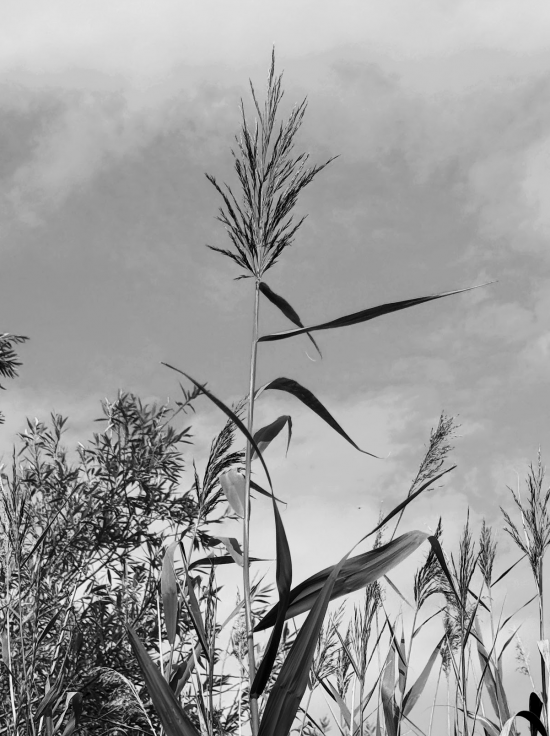
The willow tree to the left was the favoured spot of most of the warblers.
This calf was very curious:
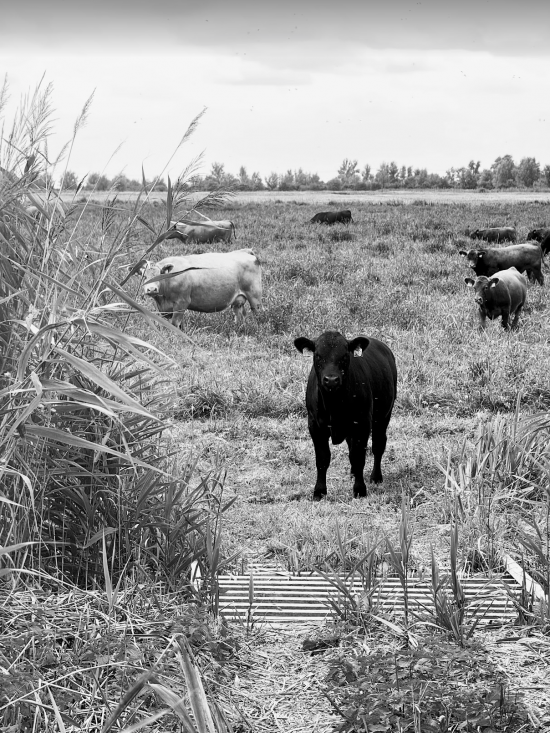
When I talked to him, his friends of all colours wanted to join in. Cows really are the most curious of animals:
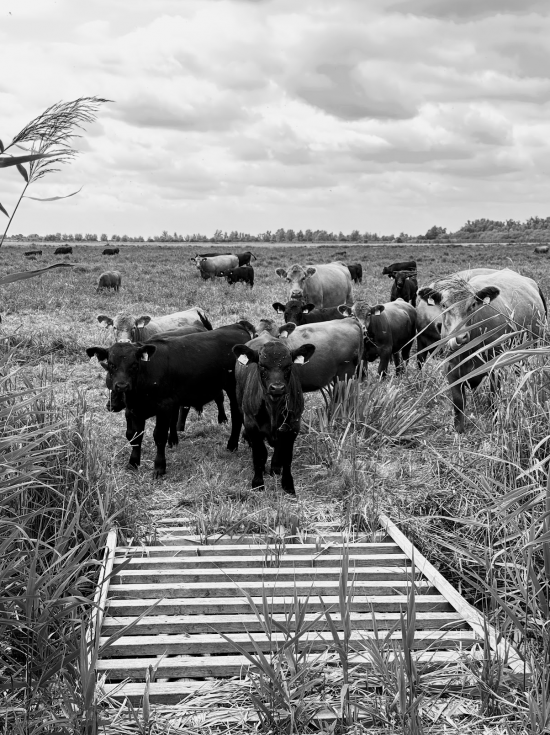
But what, photographically, interested me most was one of the wooden poles carrying power cables across the wetland:
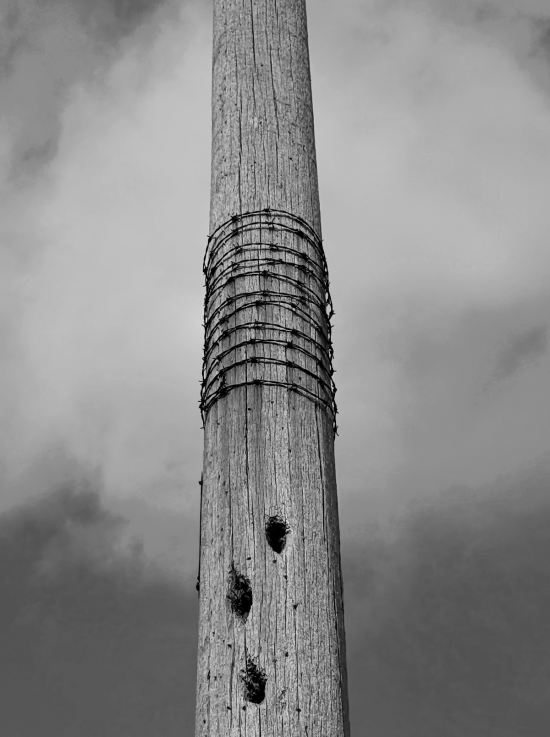
Woodpecker had been calling. A greater spotted woodpecker had a nest here earlier in the year. The barbed wire symbolised both the ring of thorns and the distaste those who st up those things have for those who like to climb them when they wish to use them as flagpoles.
And then there was this image, which I liked, and to take which I lay on the ground:
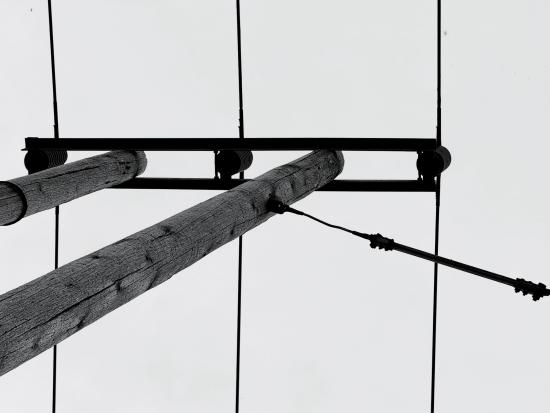
At moments like these, I am as far as I am from thinking about political economy, although the distance is not usually that great.
A final thought. In about three months' time, and for the next four or five months thereafter, the ground where I was walking, as well as the rod in the distance, will be two meters or more underwater, as this whole area is used to hold winter flood waters. Once upon a time, we planned for these things. We don't any more. Political economy cannot manage that now.
The photos were all taken with an iPhone 15 ProMax with a Fjorden photogrip.
Thanks for reading this post.
You can share this post on social media of your choice by clicking these icons:
There are links to this blog's glossary in the above post that explain technical terms used in it. Follow them for more explanations.
You can subscribe to this blog's daily email here.
And if you would like to support this blog you can, here:


 Buy me a coffee!
Buy me a coffee!

LOVE those cows!
More please!
We played them some jazz. They always love it. That, and Bach. I am always amazed by their reactions to music.
Most of them are bullocks and not cows! You should use the generic ‘cattle’. As the son of a farmer who had a pedigree herd of dairy shorthorn cattle then folk saying ‘look at the cows!’, when the animals are very definitely male is something that niggles me! 🙂 Reminds me of a joke – primary school teacher has a farm animal poster on the classroom wall. She points at a sheep and says: “Ok, Johnnie, what is that?” He studies the sheep and replies “Don’t know, Miss”. The teacher says “Oh, come on Johnnie – you live on a farm and know what it is”. He studies the sheep again. “Well it is not a Merino, it is not a Black Face, it is not a Shetland ….”
🙂
And you are right, most are bullocks down there. Low life expectancy.
I hope you can pull off a “coo” against the high heid yin feartie-shirts at the SNP conference, Tim!
Fabulous. Has anyone ever told you that you are so much better at wildlife photography than macro-economics.
No, because I am not.
Black and white thinking rejects nuance as you discussed, but BW photography brings out the beauty of detail and nuance.
Agreed
Lovely tones Richard.
I like the ‘pole themed’ pictures – a very abstract quality about them.
The final bit of the B&W journey is the printing stage – soft or hard paper for example on images like this with a great inherent grey-scale.
Thanks for sharing.
I rarely print, I admit. They have to be very good to consider that.
But sometimes they will be worth printing and adorning a wall – keep at it!
🙂
Thanks for sharing Richard.
I too liked the abstract pole images. As a keen fan of B&W photography I’d support PSR comment and encourage you to consider printing.
Many thanks.
Thanks